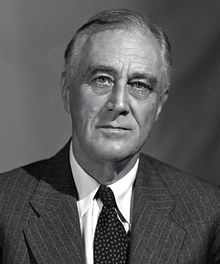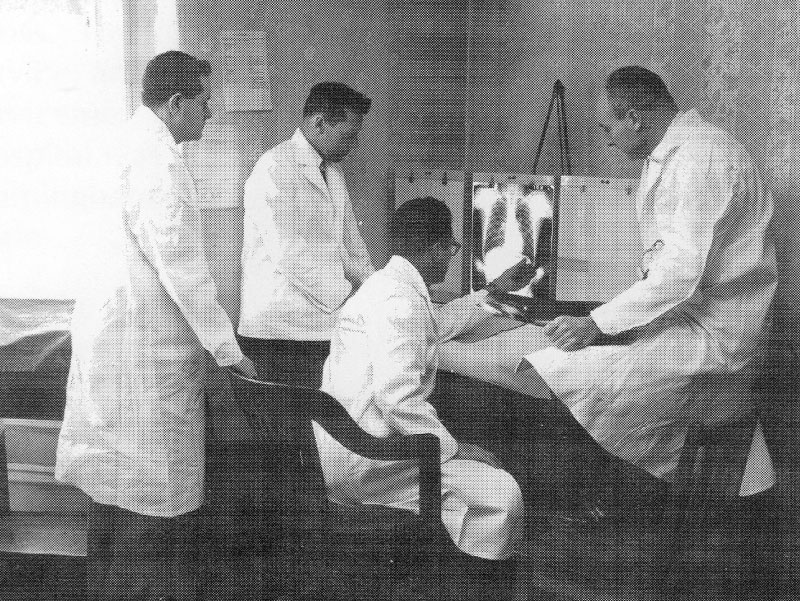The Story Behind the Amazing 7-Decade Study into the Heart
When you receive treatment for your heart health at Zepick Cardiology or other cardiology clinic across the country, you are receiving expert care based on decades of medical research. Knowing what puts you at risk for heart disease and how to treat it came from intensive scientific study done over the past century.
Most of the cardiovascular knowledge we have today is thanks to a long-lasting and highly involved research done in one small town. In fact, the life-saving information we have today regarding heart disease can be traced back to a remarkable study that began 70 years ago.
For as long as many of you have been alive, scientific research has been (and continues to be) underway in one incredibly long and intense study on the heart. The longest-running cardiovascular study of its kind is the Framingham Heart Study.
A Brief History Lesson
The Framingham Heart Study began in 1948. Up until that time, cardiovascular disease was not as significant of a health concern as it is today. Not much was known about cardiovascular disease – neither where it came from nor how to prevent it.

Take for example President Franklin Roosevelt who died in office in 1945. FDR had a history of high blood pressure.
It was high before he entered office and became worse over time, reaching 210/100 the year before his death. On the day of his death, President Roosevelt’s blood pressure was an astounding 300/190.
While today we recognize this as a very serious case of hypertension, medical experts simply didn’t have that information back then.
“Today, presidential blood pressure numbers like FDR’s would send the country’s leading doctors racing down hallways,” remarked Daniel Levy, Framingham Heart Study Director.
For the first half of the 20th century, the primary cause of death was from communicable diseases. We simply did not have the antibiotics and vaccines then as we do today.
But as medicines and vaccines were developed and started reducing deaths from illnesses like rheumatic fever and pneumonia, heart-related diseases started to come to the forefront. In a rather short period of time, non-communicable diseases like cancer and heart disease became the leading causes of death. By 1950, 68% of all deaths were from cardiovascular disease, cancer, and renal disease.
The Participants of Framingham
This instrumental, decades-long heart study is named after a modest-sized town in Massachusetts. Framingham, located just about 20 miles away from Boston, was home to about 25,000 people in 1948 when the study began.
Nearly one in five Framingham residents were involved in the study. More than 5000 men and women of the town participated in this study at its start. All these participants were considered normally healthy and free from apparent cardiovascular disease.

The original plan of Framingham Heart Study was to follow the participants for 20 years.
There was an atypical number of women participating. Just over half of the participants were women, which was not usual for medical studies on chronic disease at that time.
The study initially failed at including a variety of ethnicities among the participants. But as you continue reading, you will see how the study’s great successes led them to include participants among more demographics.
Continuing the Heart Study: More Generations & Ethnicities
The Framingham Heart Study was proving to provide such great results, researchers didn’t want to it to end after two decades as was originally planned. Not only did they pursue continuing the study, but they also expanded it to include more participants.
Starting in the 1970s, many children of the existing participants were included in the expanding Framingham Study.
But the study would further expand beyond this 2nd generation. Beginning in 2002, many of the grandchildren of the original participants were included in the study. Having three generations of participants allowed for great opportunity to research genetic patterns related to cardiovascular disease.
The study also expanded to include more demographics to better match Framingham’s racial and ethnic population. Starting in the 90s, the study began including a diversity of ethnicities in the study. They expanded to include people of African American, Asian, Native American, Indian, and Pacific Islander descent.
To date, more than 15,000 people have been participants in this ongoing study of the heart.
Thanks to the dedication of researchers diligently looking into cardiovascular care and risk factors, cardiologists like those at Zepick Cardiology are able to provide exacting care to treat patients with heart disease. Decades of science and research have allowed doctors today to treat patients for cardiovascular issues better than ever before.




